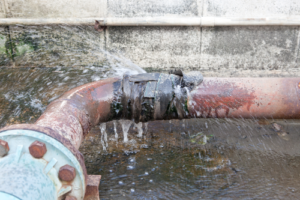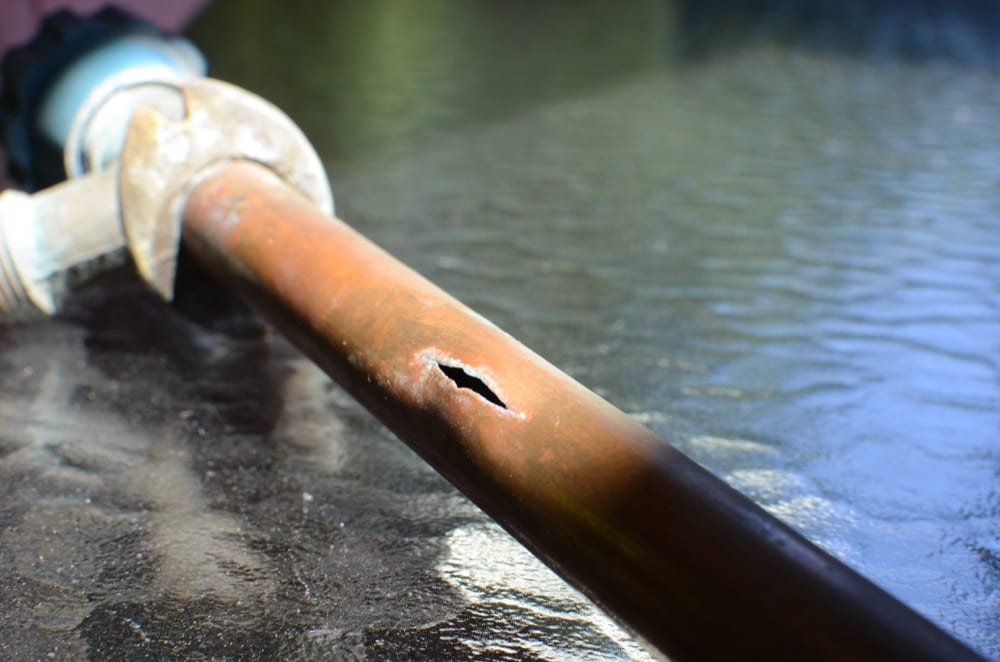What to Swiftly Identify and Quickly Repair a Burst Pipe
What to Swiftly Identify and Quickly Repair a Burst Pipe
Blog Article
Each person is bound to have their own unique thinking about What to Know Before Installing a Dishwasher.

A burst pipe is a major emergency; you can just stand as you see water you pay a lot to reunite with the planet. In worse instances, you notice a pool on your cooking area flooring, which is an excellent journey danger, especially if you have kids around. If the pipe that ruptured was in your wall surfaces, trouble: you may require to repaint that entire section.
Exactly how can a calamity like a burst pipe be protected against and also taken care of? Well, by listening to your expert emergency plumbings and also complying with these policies.
Exactly how do I know when my pipes have ruptured?
Varying water stress
Pipes do not simply burst in a day. You might have discovered that your cooking area tap or shower does not run right away when you turn the faucet. It may stop briefly for a couple of seconds and afterwards blast you with more force than normal.
In various other instances, the water might appear typical in the beginning, then drop in stress after a couple of seconds.
Wet wall surfaces and also water discolorations
Before a pipe bursts, it will certainly leakage, most times. If this consistent dripping goes undetected, the leak might finish into a large gouge in your pipe. One very easy way to avoid this emergency is to keep an eye out for wet walls advertisement water stains. These water discolorations will lead you right to the leak.
Puddles under pipelines and also sinks
When a pipe bursts, the outflow develops a pool. It may appear that the puddle is growing in dimension, and also regardless of the amount of times you mop the pool, in a couple of mins, there's another one waiting to be cleaned up. Often, you may not be able to trace the puddle to any visible pipes. This is an indication to call an expert plumber.
Untraceable trickling noises
Pipe bursts can take place in the most undesirable locations, like within concrete, inside wall surfaces, or under sinks. When the house goes quiet, you might have the ability to listen to an annoyingly consistent trickling sound. Even after you've checked your shower head and also kitchen faucet, the leaking might continue.
Precious viewers, the trickling might be originating from a pipeline inside your walls. There isn't much you can do about that, except inform a specialist plumber.
Shut off the Water
When water ices up, it broadens in volume by regarding 9 percent. And also it broadens with tremendous pressure: The pressure inside pipes might go from 40 extra pounds per square inch to 40,000 psi! No pipe can hold that much pressure, so it bursts. The break may happen where the ice forms, but more frequently, it occurs where water pressure discovers a weak point in the pipeline. That may be inches or perhaps feet from the frozen area. Locate the water shutoff valve as well as turn off the water to stop more damage. You could also need to turn off the electricity as well, depending upon where the leakages happens as well as exactly how large it is.
Polluted water
Many individuals presume a burst pipeline is a one-way outlet. Rather the contrary. As water flows out of the hole or laceration in your plumbing system, impurities discover their way in.
Your water may be contaminated from the resource, so if you can, check if your water container has any type of problems. Nonetheless, if your alcohol consumption water is supplied and also detoxified by the local government, you should call your plumber immediately if you see or smell anything funny in your water.
What do I do when I find a burst pipe?
Your water meter will certainly continue to run even while your water wastes. To reduce your losses, discover the main controls and also turn the supply off. The water pipe are an above-ground framework beside your residential or commercial property.
How to Fix & Detect a Leaking Pipe
How Do I Know if a Pipe is Leaking?
Leak detection tests can help you determine if your pipe has a leak. Even if you don’t see an apparent leak, you should still conduct leak detection tests regularly to save water and money—and prevent major damage to your home.
Water meter. It can be helpful to figure out what your usual water meter usage numbers are and then monitor them regularly. To monitor your meter, first, turn off all water faucets in your home. Check the meter and write down the numbers. In a few hours, check the meter again. If the numbers have changed, you have a leak. Water gauge. Use a water gauge to test your water pressure. Your showerhead should produce a certain amount of water pressure based on its model and design. If the pressure is lower than it is supposed to be for that specific showerhead, your home likely has a leak. Puddles. Look inside your bathroom, laundry, and kitchen sink cabinets. Puddles around the cabinets or around toilets, tubs, showers, and washing machines indicate the presence of a leaking pipe. You may also notice loose tiles, peeling or flaking paint, or mold caused by water accumulation. Napkin test. Even if you don’t see any puddles, you may still have a leak. You can test for water leaks in the bathroom, laundry, and kitchen by wiping below-sink connections with a napkin, paper towel, or piece of toilet paper. If it becomes damp, you probably have a leaking pipe under the sink. Discolored walls. Walls that are discolored—usually with brown or yellow stains—or bulging might mean that they have been impacted by water damage caused by a leaking pipe. Smell. A leaky pipe will create sitting water, and over time, that water may develop a musty smell. If your home smells musty, but you can’t locate the source, it may be due to a leak. Steps for Fixing a Leaking Pipe
A leaky drain can be remedied by tightening the pipe base, replacing the drain seal, caulking the rim, and tightening the pipe nut. Similarly, a leaking toilet pipe can be treated by tightening the packing nut. You may also need to replace the valve. A leaky faucet may just need tightening or replacement of the washers. If that doesn’t work, consider replacing your faucet. If your pipe has a hole in it, you may want to use a pipe leak sealer or pipe leak tape. This quick fix for water pipe leaks can also temporarily fix a copper pipe leak. https://www.ahs.com/home-matters/quick-tips/how-to-tell-if-pipes-are-leaking/

Do you enjoy reading about How to Install and Connect a New Dishwasher? Place feedback below. We'd be interested to see your opinions about this entry. We are looking forward to see you back again in the future. Sharing is good. Helping people is fun. I value reading our article about What to Know Before Installing a Dishwasher.
Urgent fix? Dial. Report this page